Carbohydrates are not considered the most useful element in nutrition, and this is due to the fact that many people eat their “bad” variety - refined carbohydrates in white bread, sweets, cookies, sweet cereal and all other unhealthy foods and drinks. In fact, studies have shown that a very large percentage of the foods we eat can be harmful. Eating large amounts of food with these ingredients will not only make you fat, they will also increase your risk of heart disease and diabetes. In addition, they raise blood fats (called triglycerides), which looks like a quick path to a heart attack or stroke. The good news is that healthy, natural cereals in your diet can help prevent or reverse many health problems.
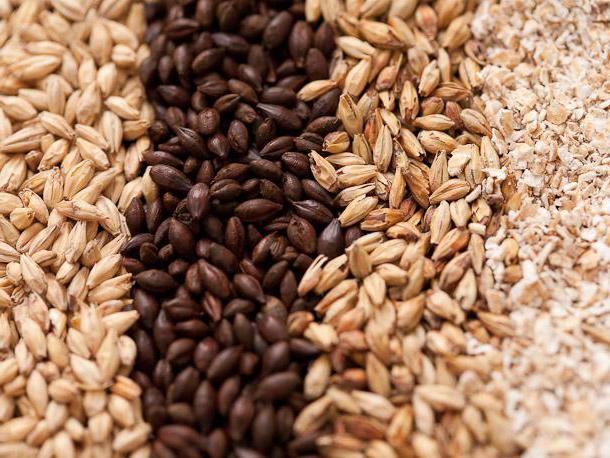
Raw foods made from cereals, which include whole grains, are very healthy. Numerous studies have shown that cereals can protect you from troubles such as diabetes, colon cancer, asthma, and Alzheimer's. The benefits of natural cereals have been known for a long time, but, unfortunately, they are increasingly less common on our table.
The most healthy cereal in the world - rating
Despite the fact that flour dishes are considered to be an unprofitable fast carbohydrate, durum wheat and flour from them have completely different properties. Finding such products on sale is fairly easy if you will not let you be deceived. Healthy flour can be easily found in bread and pasta, but make sure the label says “100 percent durum wheat.” Terms such as "multigrain" and "wheat flour" mean that the composition of the product is mixed. When you select any whole grain product in stores, look at the composition and make sure that whole grains are listed at the top of the list of ingredients. Each serving should contain at least 2 or 3 grams of fiber.

Wheat is the most common crop and is used more often in the form of flour. What other cereals are good for health?
Whole oats
Oats are especially rich in a special antioxidant that protects the heart. Unlike wheat, when buying oat products, the indication of whole grains does not have such a significant value. If oats are in the list of ingredients, then the product is made from whole grains. However, if you buy something like instant oatmeal, avoid foods that are high in fructose and corn syrup. Studies have shown that such additives were a source of mercury contamination in oatmeal. Nutritionists recommend sticking to regular unsweetened cereal, mixing it with a small amount of fruit or honey if desired. This is the most useful cereal for each person, if you do not mix it with useless fillers.
Bulgur
In all products where it is contained, bulgur is considered whole grain, since during its industrial processing only 5 percent of the bran can be removed. This is also the most useful grits for all, without exception. This grain, which is used to make tabou salad, is an excellent source of iron and magnesium.

One glass of bulgur contains about 75 percent fiber (daily intake of an adult) and 25 percent protein. This cereal can be used in salads or added to soups, and it is cooked in just a couple of minutes.
Brown rice
When you choose white rice instead of brown, about 75 percent of its nutrients, including almost all of the antioxidants, magnesium, phosphorus, and vitamins found in bran, do not enter your diet. You should always give preference to brown rice, which includes aromatic varieties - basmati and jasmine. The most useful cereals for women are red and black rice, which are high in antioxidants. Even wild rice is also considered a healthy product, as it is rich in B vitamins (such as niacin and folic acid).
Barley
Regular consumption of whole barley (pearl barley) for a 5-week period will help reduce cholesterol. You can add raisins or dried apricots in the finished porridge and serve it as a side dish. When buying, make sure that it is whole grain of barley, and not the "pearl" from which bran is removed. In the form of cereals, this culture is known as pearl barley or barley (crushed barley).
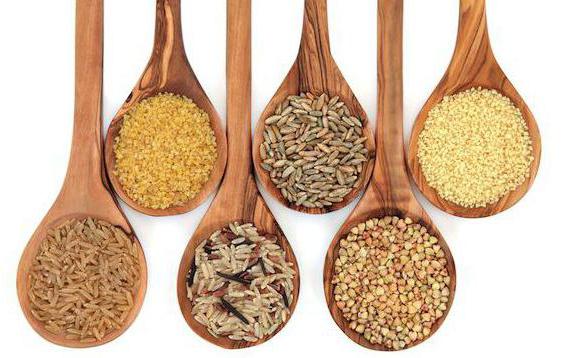
Whole rye
According to research, rye has much more nutrients per 100 grams than any other kind of grain. It contains four times more fiber than whole wheat, and can give you almost 50 percent of your daily recommended amount of iron. The problem is that rye and rye flour in its pure form are extremely rare on sale. Such products can only be found in markets and farm stores. However, this is the most healthy cereal, and rye porridge is a unique product of its kind.
Buckwheat
This type of cereal is one of the few that is suitable for feeding patients with celiac disease (simultaneously with quinoa, amaranth and sorghum). And this is the most useful cereal for children, because it contains magnesium and manganese, which help improve brain function. And this is very good, because this porridge is very common and preferred.
Whole Grain Couscous
Most varieties of couscous that can be found on sale are made from refined wheat flour. Therefore, when searching for this cereal, you should pay attention only to whole-grain species. Using this couscous, you will receive an additional 5 grams of fiber with each serving.
Corn
Corn grain is very healthy. This crop is a good source of B vitamins, magnesium and phosphorus. In addition, whole corn contributes to an increase in beneficial microflora in the intestines and can also prevent diabetes, heart disease, and chronic inflammation. Yellow corn is also high in antioxidants. What is the easiest way to use it? Obviously popcorn. This is a non-useful product, especially its processed types for the microwave, which contain various additives. Instead, it is better to buy natural grains and cook them yourself using an ordinary paper bag, or make popcorn the old fashioned way - on the stove.
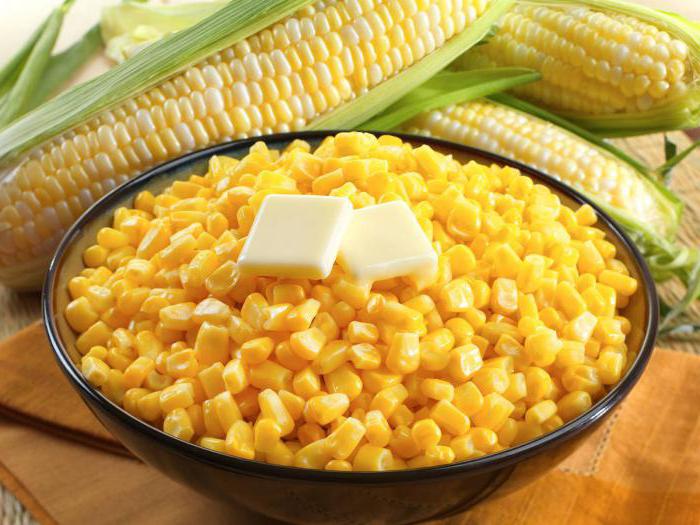
It should also be remembered that about 40% of corn is genetically modified (GM), which was removed so that it can withstand elevated doses of pesticides. When buying, pay attention to the manufacturer and the composition of the product. Also known is crushed corn, which is used for making cereals. This is the most useful cereal for those who cannot consume most other types due to gluten intolerance. Cornmeal is also considered a healthy product and is recommended for cooking hearty diet meals.
Quinoa
Although technically a seed, not a grain, quinoa contains much more protein than any other grain. In addition, each glass of raw material (approximately three servings) contains 522 mg of omega-3 fatty acids. Your family will probably be able to enjoy its light nutty flavor for a change on the dining table. It can be argued that this is the most useful porridge for children up to a year, since it contains the largest amount of nutrients. In Russia, for a long time, it remained a little-known exotic, but today it can be easily purchased at any large store.
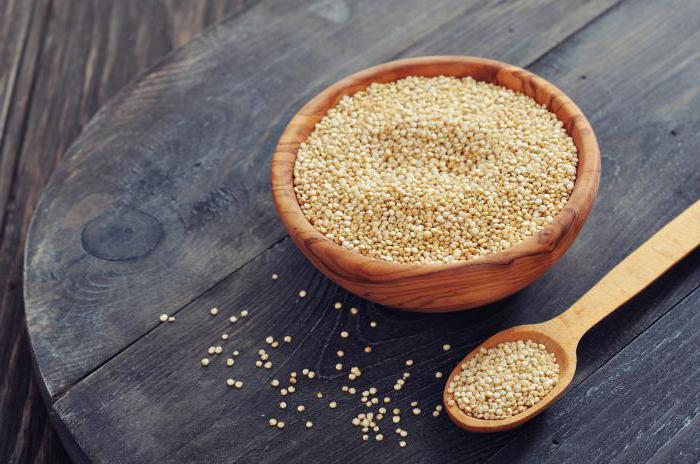
Freak
This Arabian cereal is a low-carb variety of ancient wheat that contains four times as much fiber as brown rice. Freecom grains are harvested while they are in an unripe state, and then fried. They contain far more vitamins and minerals than other crops. For example, the content of selenium in them is simply huge. Once this cereal enters your stomach, it acts as a prebiotic, stimulating the growth of healthy bacteria that aid digestion. You can find it on sale in markets with oriental products or in health food grocery stores. Since the carbohydrate content in it is significantly reduced, this is the most useful cereal for weight loss.
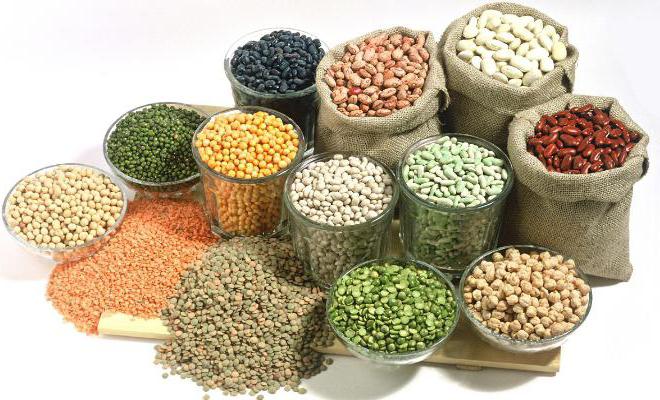
Of course, this review cannot be completed. Cereals are very useful in their majority, and in no case should they be neglected. Speaking of which is the most useful cereal in the world, it is impossible to name one position. Each of them has its own strengths and can be recommended for different purposes. Of the generally available and inexpensive cereals, oats are in the lead, of the more exotic and less common ones are freak and quinoa.